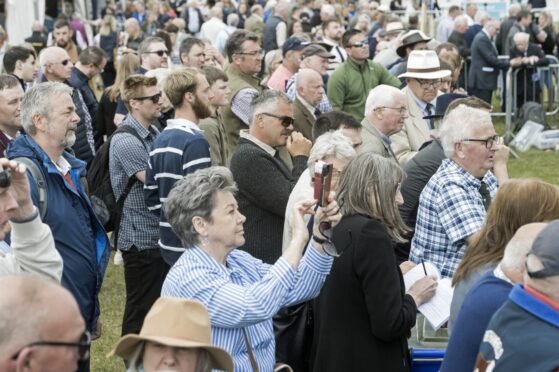It is likely to be close to the turn of the decade before the country’s farmers move fully into any new support system.
This is despite the historic passing of Scotland’s Agriculture and Rural Communities Bill this week.
However, producers have been urged to “engage now” with the changes, which will be introduced from 2025 onwards.
Commenting on the bill, NFU Scotland’s Jonnie Hall welcomed the undertaking that there would be no cliff edge ending to farm support measures.
This is a position that has been repeated by First Minister John Swinney.
But while the new bill provided the framework for future support measures to be paid, the details of new schemes still had to be ironed out in secondary legislation.
And Mr Hall said it was critical that the move delivered “change, not chaos; transition, not turmoil”.
Mr Hall said the union had argued for gradual change to policy, with the new Tier 1 support measures effectively replacing the existing Basic Payment Scheme from 2026, with Tier 2 enhanced support also being area-based, but likely to be with enhanced greening conditions.
“Putting it bluntly, we want Tier 1 and 2 to operate in a very similar way to the BPS and greening does today,” he said.
He said that the 2025 scheme would be close to business as usual – with added cross compliance for peatlands and wetlands alongside the introduction of Whole Farm Plans and the new calving interval conditions for the suckler beef support scheme being rolled out.
It is likely to be 2026 when the BPS and greening schemes will be replaced by the Tier 1 and Tier 2 direct support payments “with a similar delivery mechanism” with a transition likely to last until at least 2028.
And it was expected that it would be 2027 or later until the Less Favoured Area Support Scheme was brought into the new scheme, with the union arguing for its inclusion in Tier 1.
Other current Pillar 2 schemes – such as Agri-environment schemes and climate change measures, knowledge transfer and innovation funding – were expected to morph into Tier 3 at the same time.
However, union president, Martin Kennedy conceded that the delivery of a realistic budget by the UK Treasury was central to delivering a viable policy.
“And this requires the delivery of ring-fenced and multi-annual funding to agriculture along with an increase in Westminster’s funding commitment to the UK farming sector by at least an additional £1 billion to more than £4.7 billion.”
And, with only days to go before the general election, Mr Kennedy also called on parties to give an undertaking to develop a migration policy which would address shortages in rural labour markets alongside a commitment to backing domestic food production.


Conversation